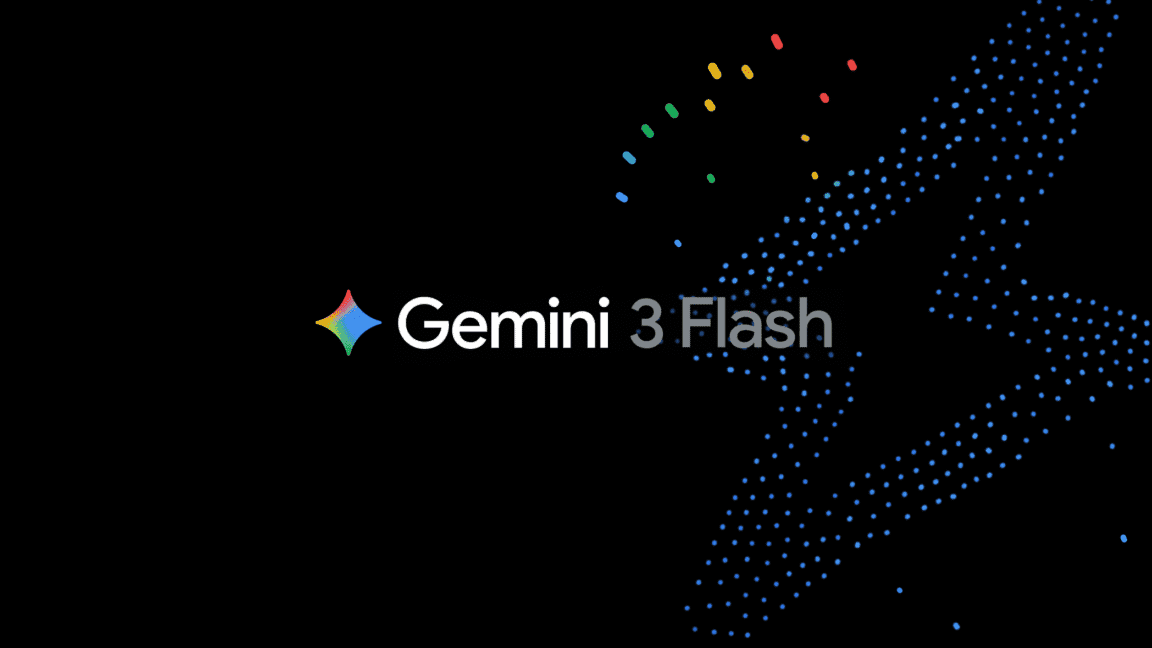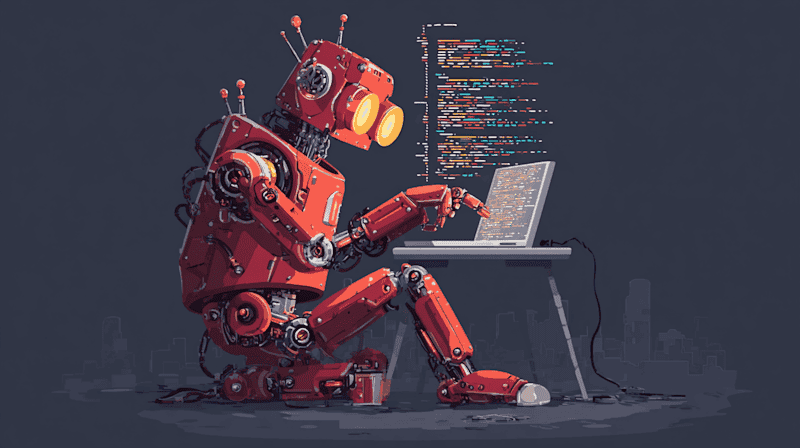AI Breakthrough: New Method Enhances Sign Language Translation Accuracy
2 Sources
2 Sources
[1]
Reading signs: New method improves AI translation of sign language
Sign languages have been developed by nations around the world to fit the local communication style, and each language consists of thousands of signs. This has made sign languages difficult to learn and understand. Using artificial intelligence to automatically translate the signs into words, known as word-level sign language recognition, has now gained a boost in accuracy through the work of an Osaka Metropolitan University-led research group. Previous research methods have been focused on capturing information about the signer's general movements. The problems in accuracy have stemmed from the different meanings that could arise based on the subtle differences in hand shape and relationship in the position of the hands and the body. Graduate School of Informatics Associate Professor Katsufumi Inoue and Associate Professor Masakazu Iwamura worked with colleagues including at the Indian Institute of Technology Roorkee to improve AI recognition accuracy. They added data such as hand and facial expressions, as well as skeletal information on the position of the hands relative to the body, to the information on the general movements of the signer's upper body. "We were able to improve the accuracy of word-level sign language recognition by 10-15% compared to conventional methods," Professor Inoue declared. "In addition, we expect that the method we have proposed can be applied to any sign language, hopefully leading to improved communication with speaking- and hearing-impaired people in various countries."
[2]
Reading signs: New method improves AI translation of sign language
Sign languages have been developed by nations around the world to fit the local communication style, and each language consists of thousands of signs. This has made sign languages difficult to learn and understand. Using artificial intelligence to automatically translate the signs into words, known as word-level sign language recognition, has now gained a boost in accuracy through the work of an Osaka Metropolitan University-led research group. The findings were published in IEEE Access. Previous research methods have been focused on capturing information about the signer's general movements. The problems in accuracy have stemmed from the different meanings that could arise based on the subtle differences in hand shape and relationship in the position of the hands and the body. Graduate School of Informatics Associate Professor Katsufumi Inoue and Associate Professor Masakazu Iwamura worked with colleagues at the Indian Institute of Technology Roorkee, to improve AI recognition accuracy. They added data such as hand and facial expressions, as well as skeletal information on the position of the hands relative to the body, to the information on the general movements of the signer's upper body. "We were able to improve the accuracy of word-level sign language recognition by 10-15% compared to conventional methods," Professor Inoue said. "In addition, we expect that the method we have proposed can be applied to any sign language, hopefully leading to improved communication with speaking- and hearing-impaired people in various countries."
Share
Share
Copy Link
Researchers from Osaka Metropolitan University and Indian Institute of Technology Roorkee have developed a new AI method that improves the accuracy of sign language translation by 10-15%, potentially revolutionizing communication for the deaf and hard of hearing community worldwide.

Breakthrough in AI-Powered Sign Language Recognition
Researchers from Osaka Metropolitan University and the Indian Institute of Technology Roorkee have made a significant advancement in artificial intelligence (AI) technology for sign language translation. This breakthrough promises to enhance communication for deaf and hard of hearing individuals across the globe
1
2
.The Challenge of Sign Language Translation
Sign languages, developed by various nations to suit local communication styles, comprise thousands of unique signs. This complexity has historically made sign languages challenging to learn and understand, especially for those outside the deaf community. Previous attempts at using AI for word-level sign language recognition have faced accuracy issues due to the nuanced nature of sign language, where subtle differences in hand shapes and positions can significantly alter meanings
1
.Innovative Approach to Improve Accuracy
The research team, led by Associate Professors Katsufumi Inoue and Masakazu Iwamura from Osaka Metropolitan University's Graduate School of Informatics, has developed a novel method to address these challenges. Their approach goes beyond capturing just the general movements of the signer's upper body, which was the focus of conventional methods
2
.Key Enhancements in the New Method
- Hand Expressions: The AI now analyzes detailed hand shapes and movements.
- Facial Expressions: Incorporation of facial cues adds another layer of meaning interpretation.
- Skeletal Information: The system considers the position of hands relative to the body, providing crucial contextual data
1
2
.
Impressive Results and Future Implications
This innovative method has yielded remarkable results, improving the accuracy of word-level sign language recognition by 10-15% compared to traditional approaches. Professor Inoue expressed optimism about the potential applications of this technology, stating, "We expect that the method we have proposed can be applied to any sign language, hopefully leading to improved communication with speaking- and hearing-impaired people in various countries"
1
.Related Stories
Global Impact and Accessibility
The universality of this method is particularly noteworthy. Its potential applicability to various sign languages worldwide could significantly enhance accessibility and communication for deaf and hard of hearing communities globally. This breakthrough could pave the way for more inclusive technologies and bridge communication gaps in diverse settings, from educational institutions to public services
2
.Publication and Recognition
The team's groundbreaking findings have been published in IEEE Access, a prestigious peer-reviewed scientific journal, underscoring the significance of this research in the field of AI and accessibility technology
2
.References
Summarized by
Navi
Related Stories
Recent Highlights
1
Google launches Gemini 3 Flash as default AI model, delivering speed with Pro-grade reasoning
Technology

2
OpenAI launches GPT Image 1.5 as AI image generator war with Google intensifies
Technology

3
OpenAI launches ChatGPT app store, opening doors for third-party developers to build AI-powered apps
Technology








